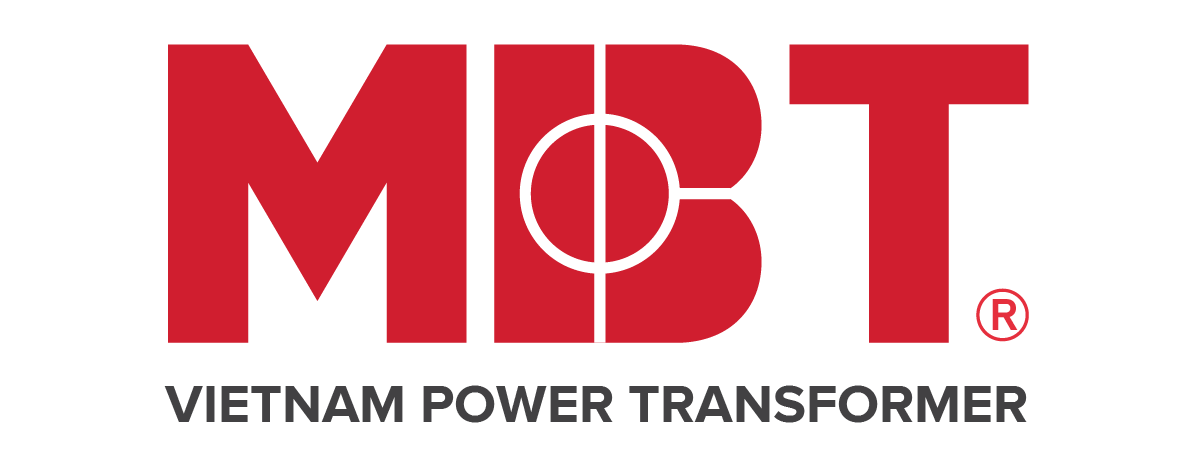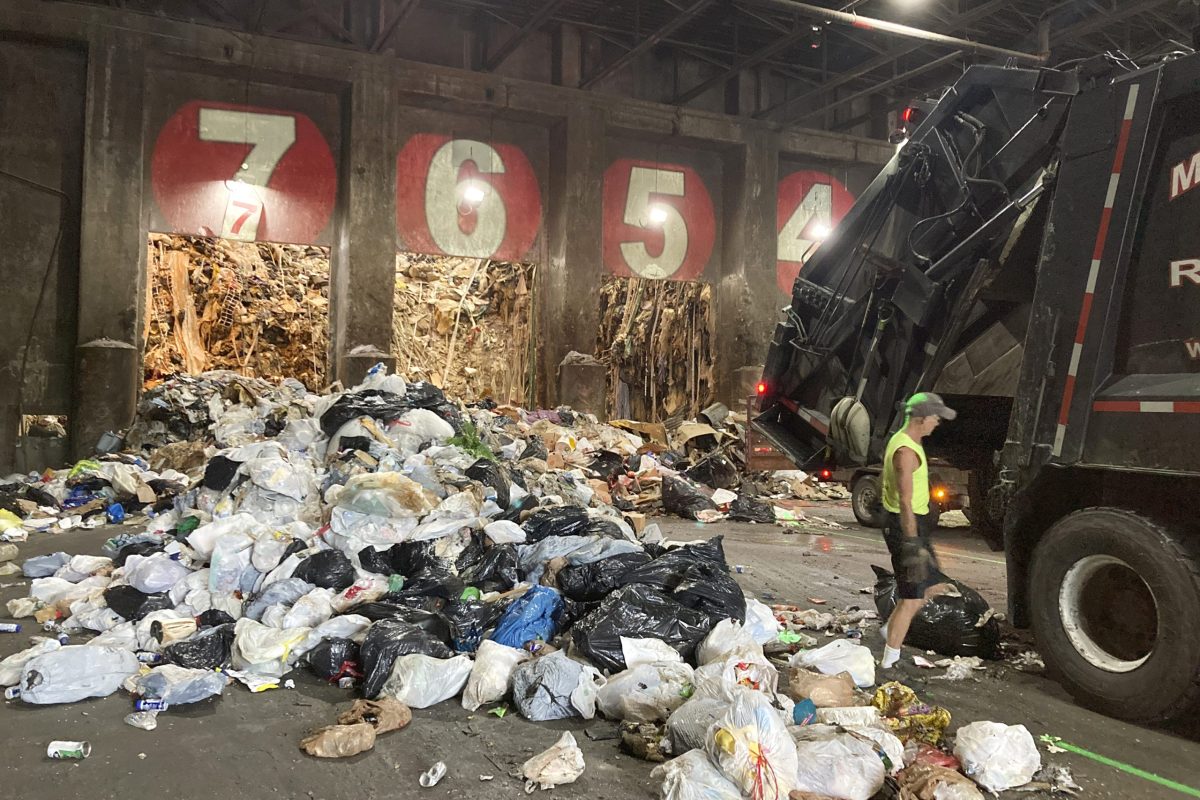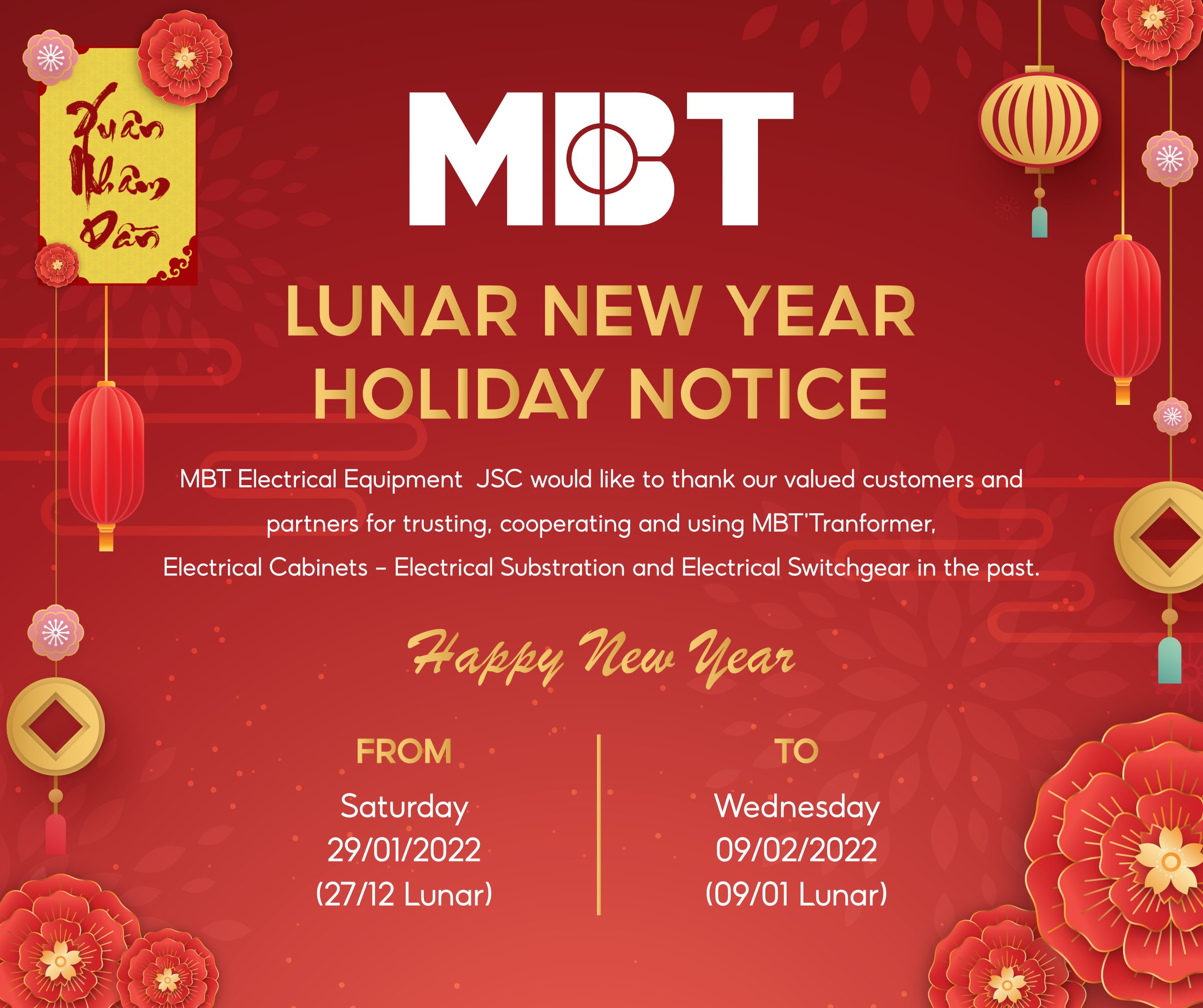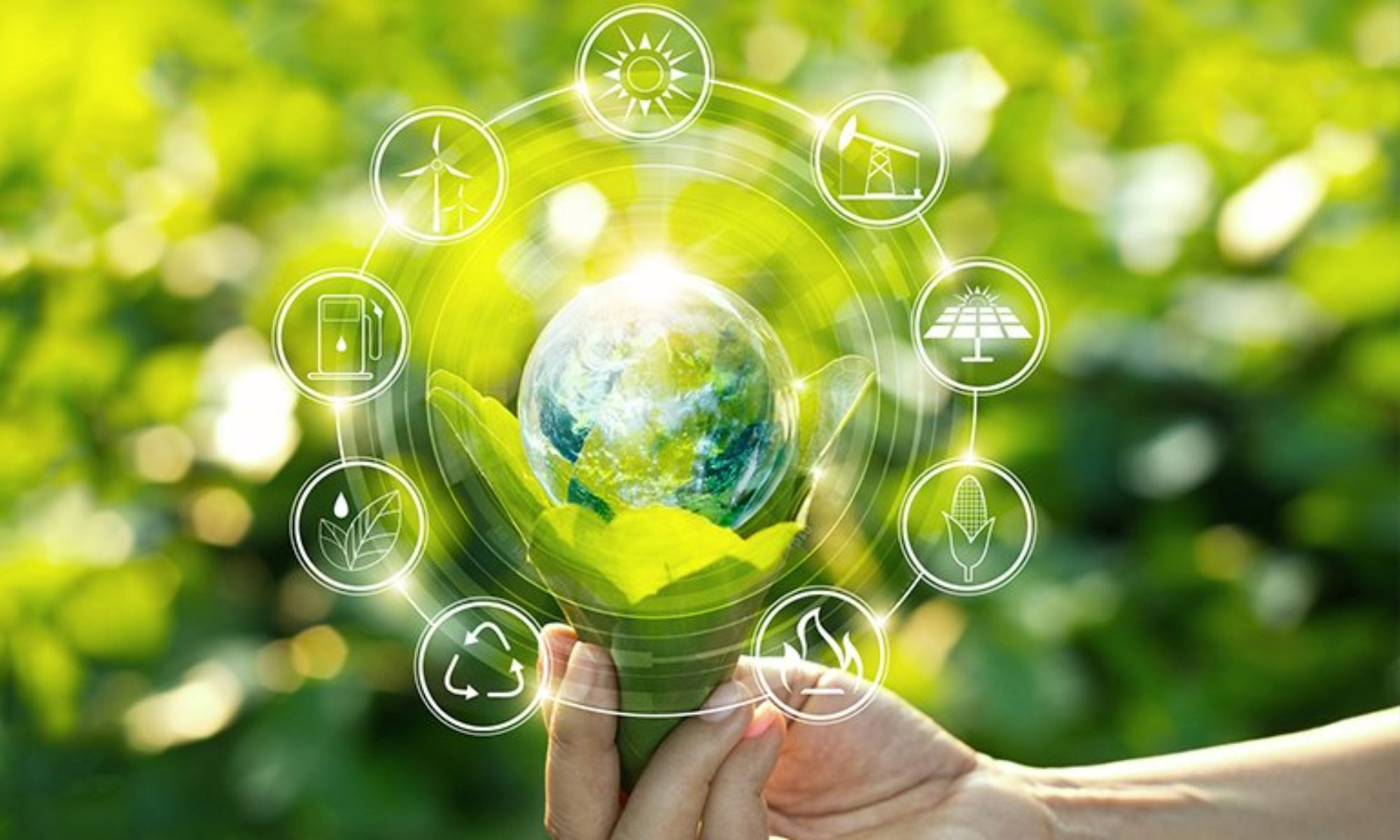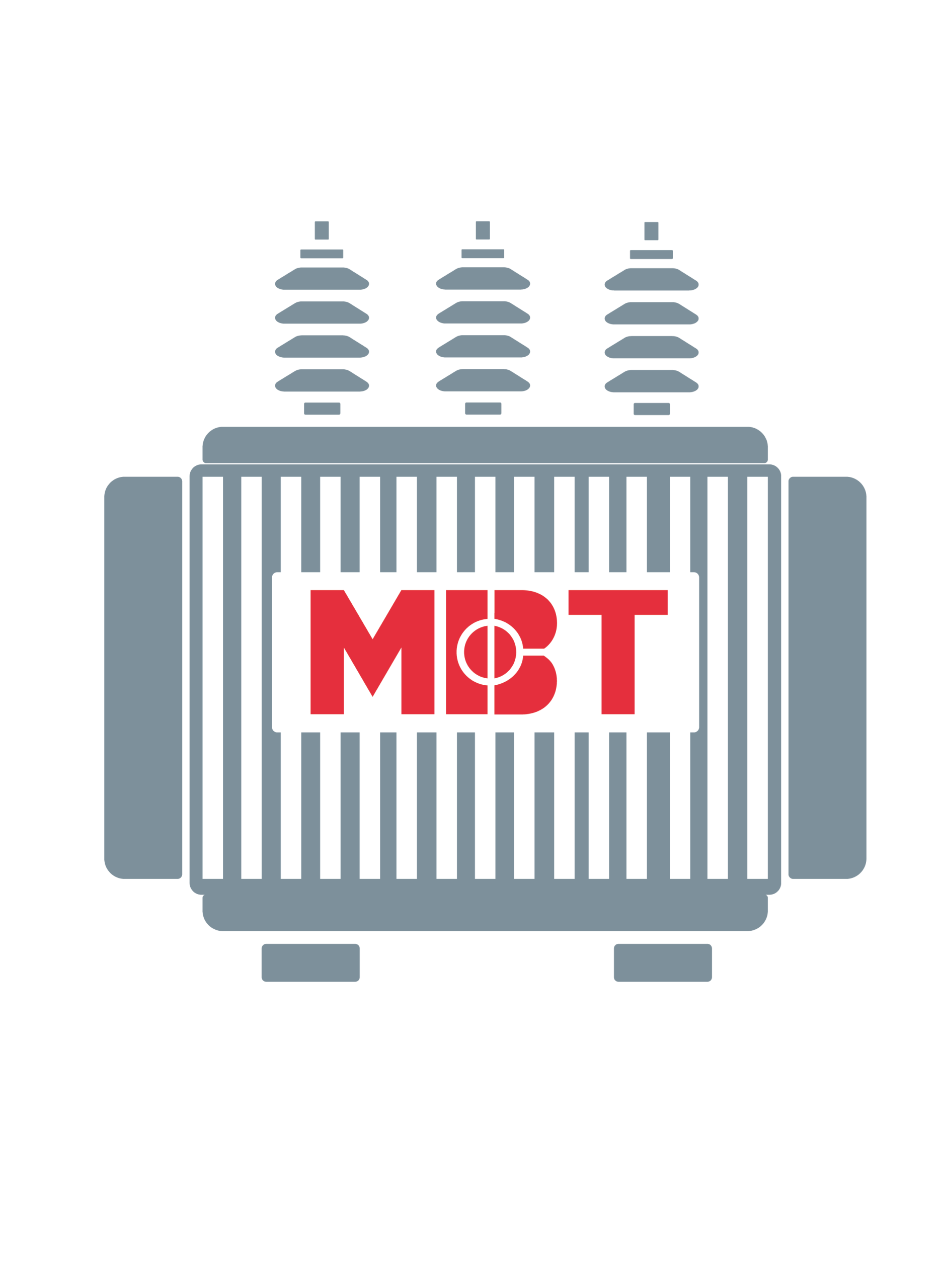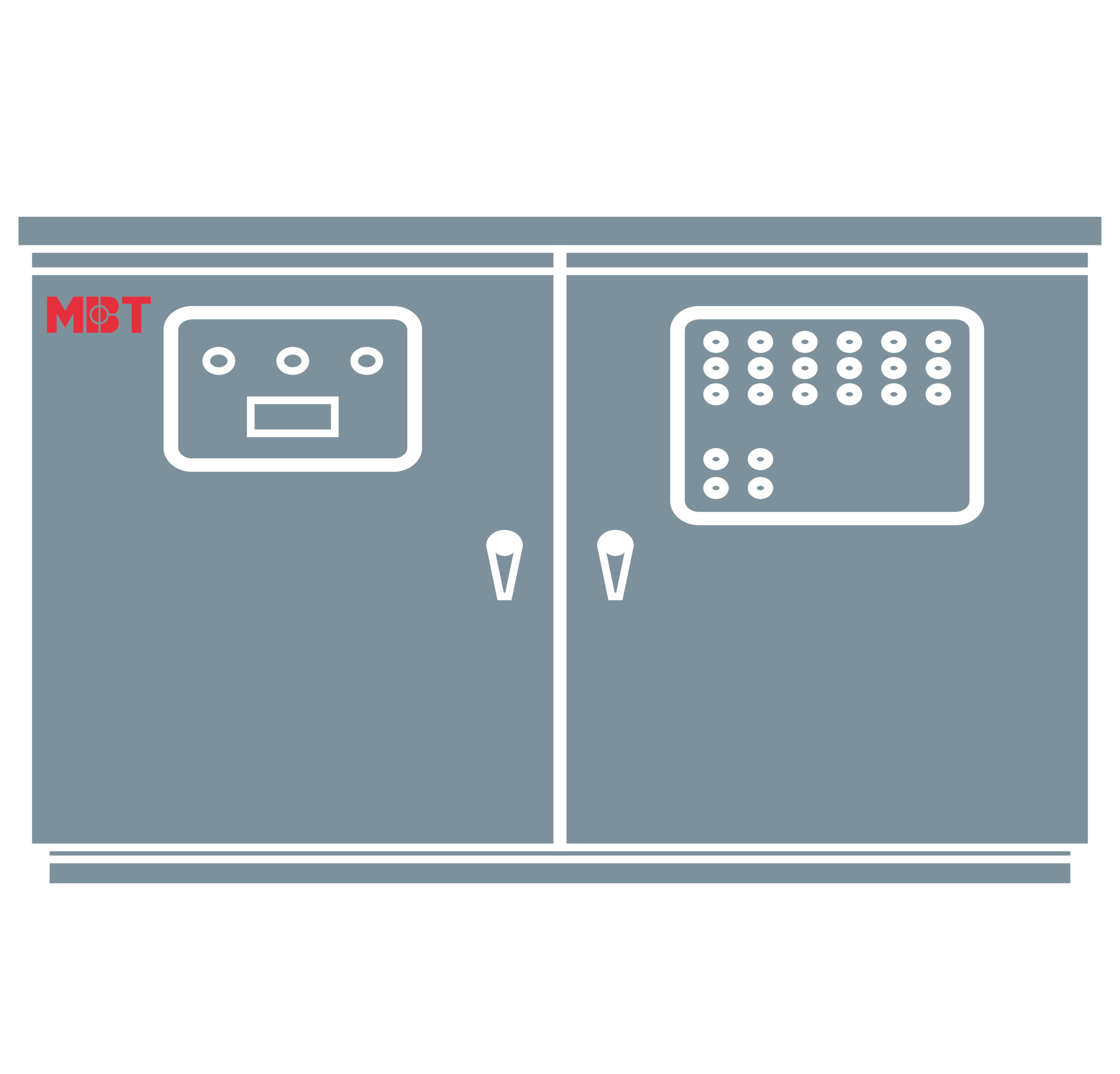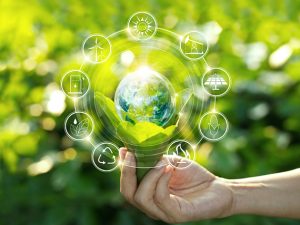
Renewable energy sources | The future of Energy
Renewable Energy | Definition, Types, Forms, and Sources of Renewable Energy
You wondered what "renewable energy" really means? Renewable energy sources are found in sunlight, in the air, deep underground, and in our oceans. They are part of the planet's physical structure, meaning that they are continually renewed by natural means- something that cannot be exhausted or infinite. Renewable energy is an alternative to traditional power that relies on fossil fuels and tends to do much less harm to the environment.
So how does renewable energy work? Here are seven clean energy sources that can be exploited directly or indirectly to help our world become green and fight global warming.
Table of Contents
8. The future of renewable energy
1. Solar energy
Sunlight is one of the most abundant and free sources of energy on our planet. The amount of solar energy transmitted to the earth's surface in an hour is more than the planet's total energy needs in the whole year. While it sounds like a perfect renewable energy source, the amount of solar energy we can use varies with time of day and season of the year, and geographic location.
Solar energy is created by capturing radiant energy from sunlight and converting it into heat, electricity, or hot water. Photovoltaic (PV) systems can convert sunlight directly into electricity through the use of solar cells.
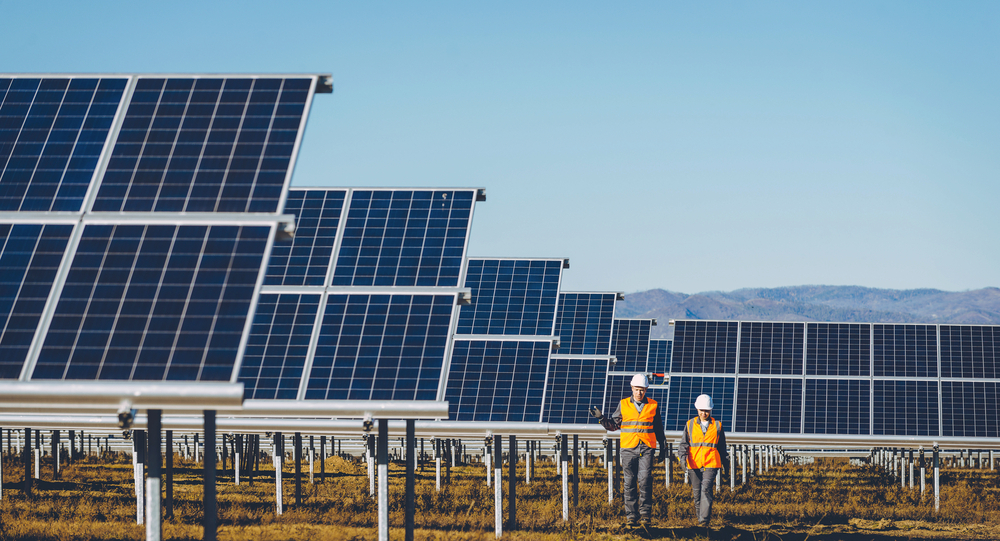
2. Wind energy
The wind is a rich source of clean energy. Wind farms are becoming more and more familiar because they contribute to a large amount of electricity to the national grid.
Wind farms collect the energy of the wind stream by using turbines and converting it into electricity. There are several types of systems used to convert wind energy, and each form is different. Commercial grade wind power generation systems can power various organizations, while single wind turbines are used to help complement pre-existing energy organizations.
Another form is utility-scale wind farms, either contracted or wholesale. Technically, wind energy is a form of solar energy. The phenomenon we call "wind" is caused by a difference in temperature in the atmosphere associated with the earth's rotation and the geography of the planet.
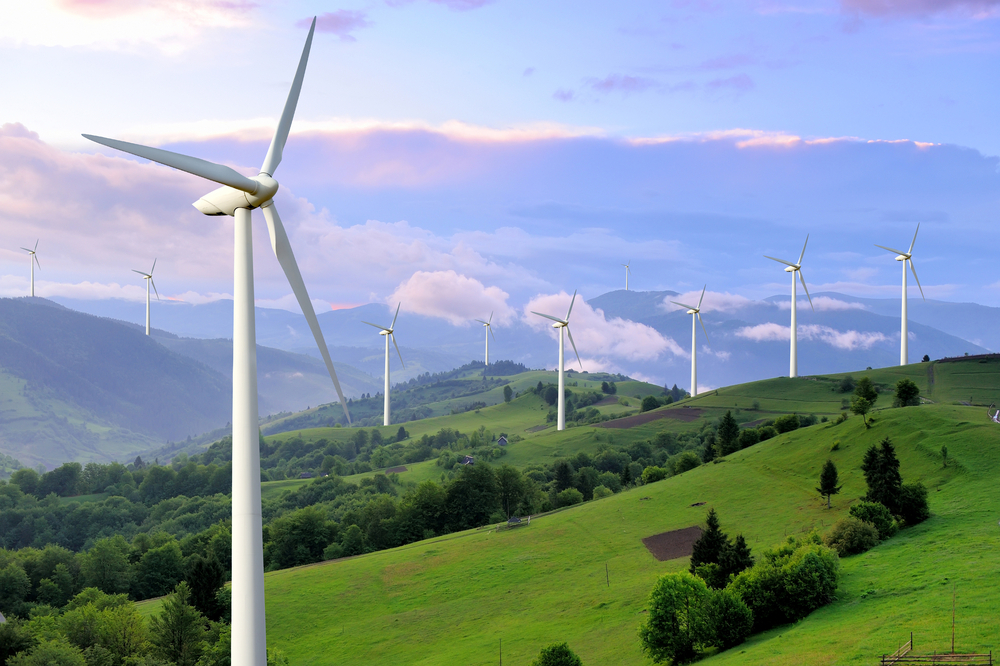
3. Hydroelectric energy
As a source of renewable energy, hydroelectricity is one of the most commercial sources of development. By building a dam or barrier, a large reservoir can generate a steady stream of water to run a turbine, generating electricity. This energy source can often be more reliable than solar or wind power (especially if it's tides instead of rivers) and allows electricity storage for use when demand peaks.
Like wind power, in some instances, hydro might be more viable as a commercial source of energy (depending on the type of energy and relative to other sources) but relies heavily on the Property type. It can be used for subsistence, 'off-grid' generation.
4. Ocean energy
The ocean can generate two forms of energy: heat and mechanical energy. The ocean's thermal energy relies on warm water's surface temperature to generate power through many different systems. The ocean's mechanical energy uses ebbs and tidal currents to generate energy generated by the earth's rotation and gravity from the moon.
Tidal energy is another form of hydroelectric energy that uses tidal currents twice a day to drive a turbine generator. Although tidal currents, unlike some other hydroelectric power sources, are unstable, they are highly predictable and can compensate for low tidal current periods.

5. Geothermal energy
Geothermal heat is heat that was trapped under the earth's crust from earth's formation 4.5 billion years ago and from radioactive decay. Sometimes large amounts of this heat are released spontaneously, but all at once, resulting in familiar phenomena, such as volcanic eruptions and geysers. This heat can be collected and used to generate geothermal energy by using steam from a hot water pump below the surface, which then rises to the top and can be used to drive a turbine.
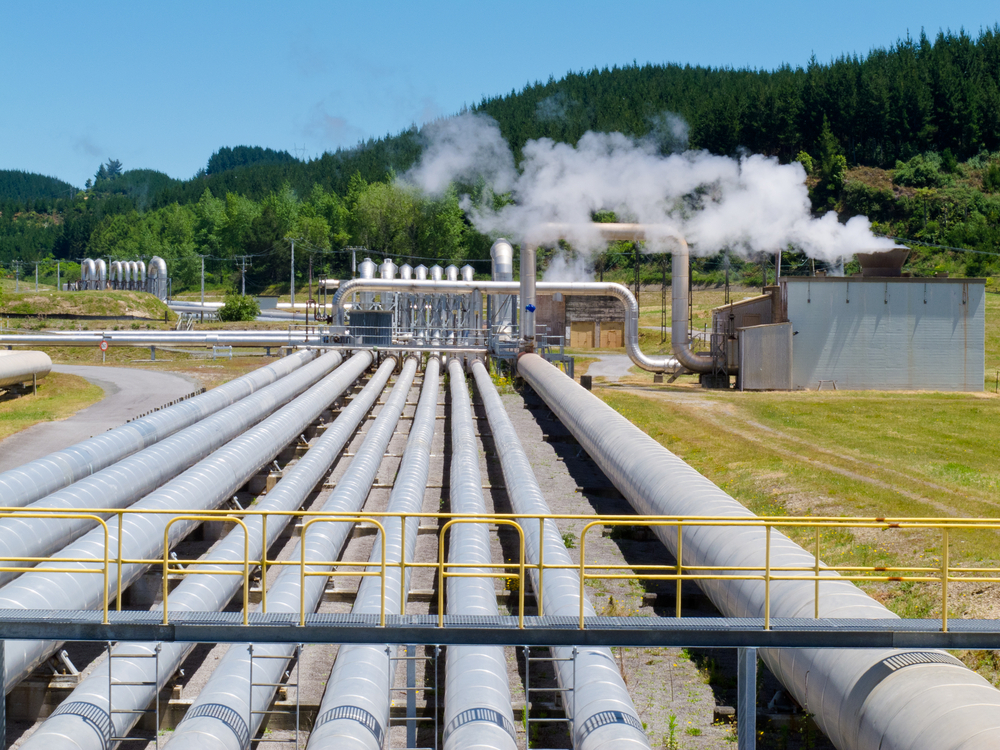
6. Biomass energy
Bioenergy is renewable energy derived from biomass. Biomass is an organic matter that comes from plants and recently living organisms. An example of biomass that most people are familiar with is the use of wood in your fireplace. There are many different methods used to generate energy through the use of biomass. This can be done by burning biomass or extracting methane gas generated from the natural decomposition of organic materials in ponds or even landfills.
Although biomass is involved in burning organic materials to generate electricity, this is not burning wood, and today it is a much cleaner, much more energy-efficient process. By converting agricultural, industrial, and domestic wastes into solid, liquid, and gaseous fuels, biomass generates electricity at a much lower environmental and economic cost.
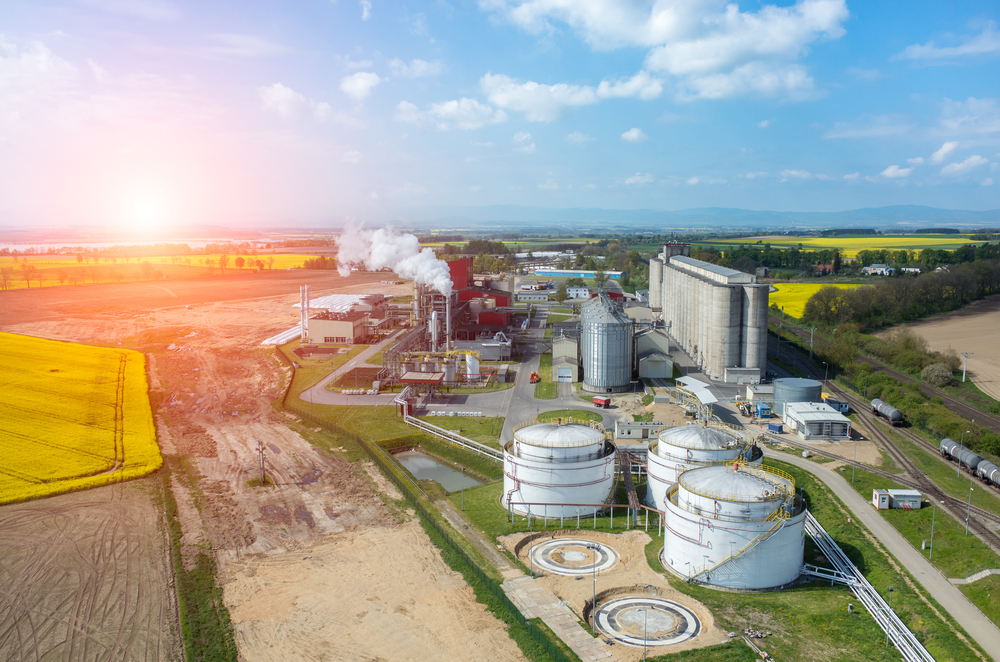
7. Hydrogen energy
Hydrogen needs to be combined with other elements, such as oxygen, to make water because it doesn't naturally occur as a gas. When hydrogen is separated from another element, it can be used for both fuel and electricity.


8. The future of renewable energy
As the world's population grows, so does the need for energy to power our homes, businesses, and communities. Innovating and expanding renewable energy sources is the key to maintaining sustainable energy levels and protecting our planet from climate change.'‘In the future, it is expected that the number of renewable energy sources will continue to increase as we see the demand for electricity increases. This is a pivotal moment for renewables, " MBT General Director said, Mr Tran Van Nam.
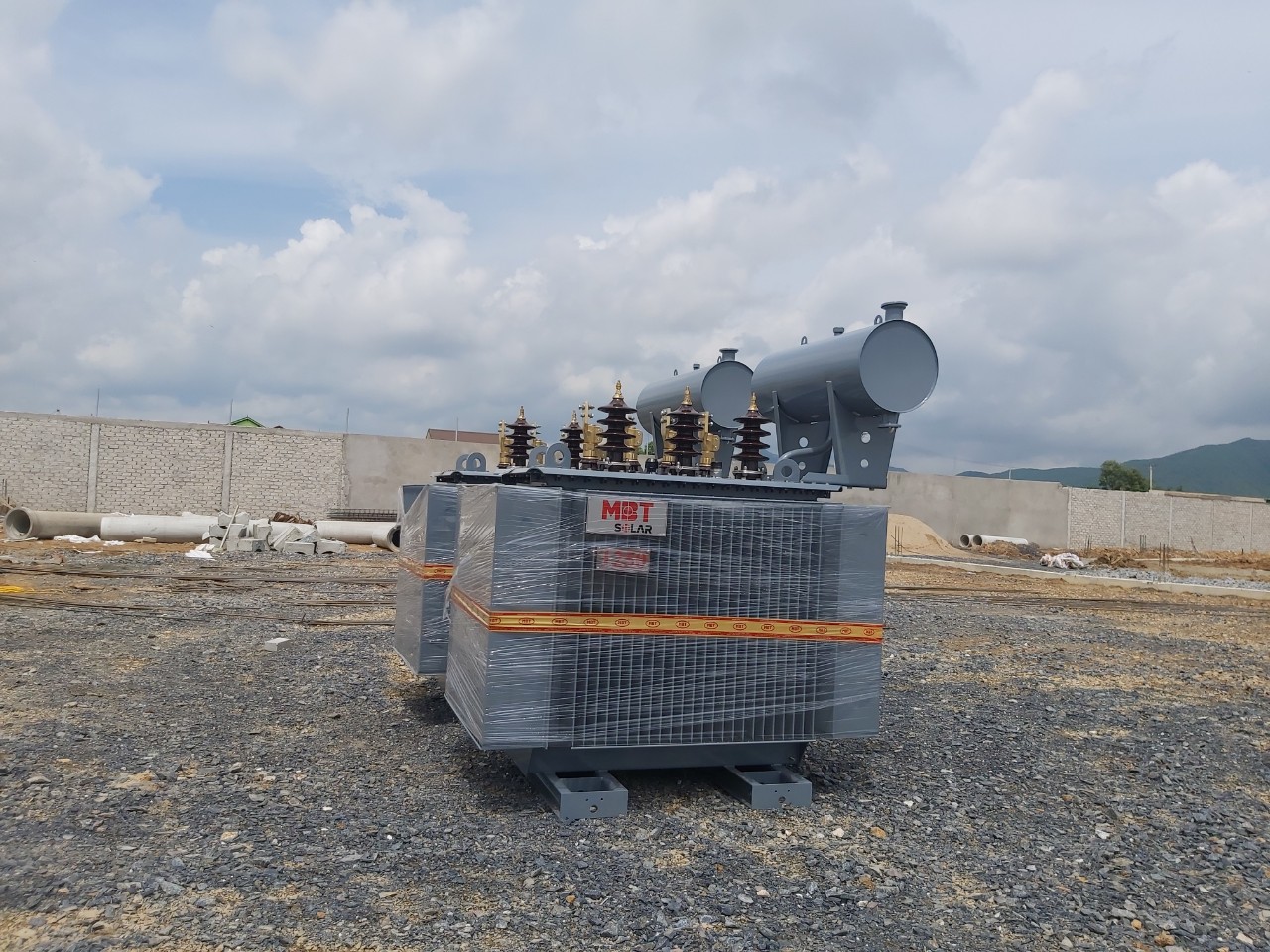
MBT renewable energy transformer
MBT renewable energy transformers are designed for installation in all environmental conditions. Generation units are custom designed to meet all applicable standards, regulations, and customer specifications. Oil-immersed transformer and dry-type transformers are rated for their renewable energy generating capacity and array voltage level, meeting all applicable standards and regulations in force and energy efficiency. Oil-filled transformers can be manufactured and tested with mineral oil or liquid ester (natural or synthetic).
With the business motto: "Quality nurtures Reliability," customers who come to MBT will always receive products with high quality, reasonable prices, fastest delivery time, and best warranty service.
Contact immediately +84913 006 538 or email: info@mbt.vn for free consultation support and receive the most preferential transformer quote.
